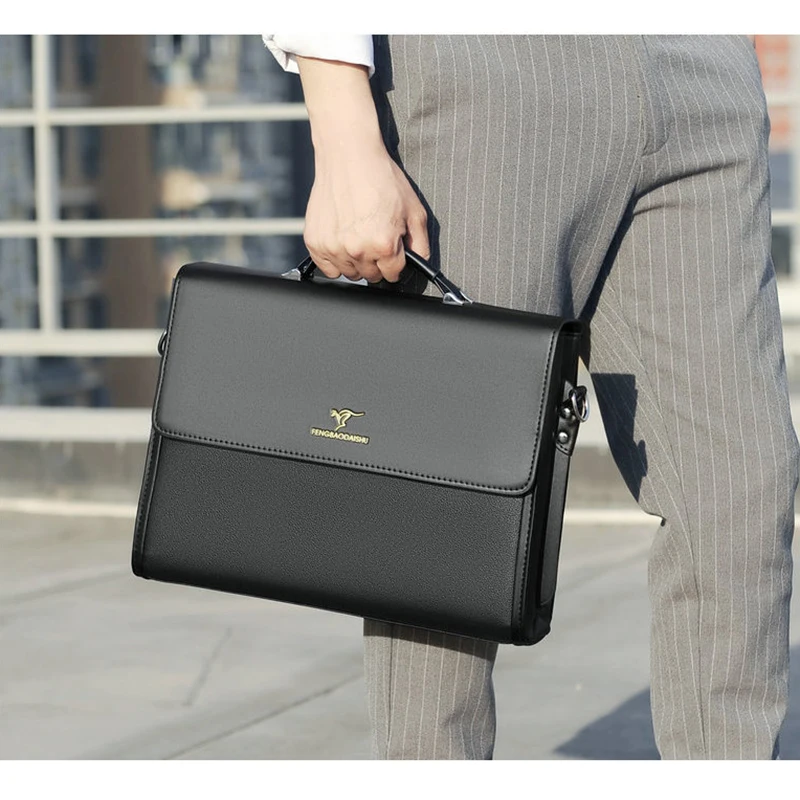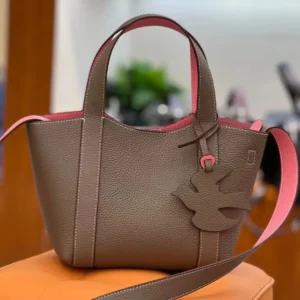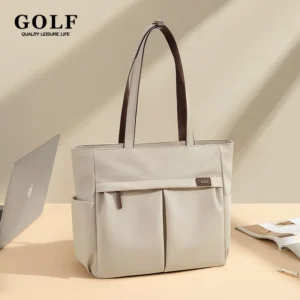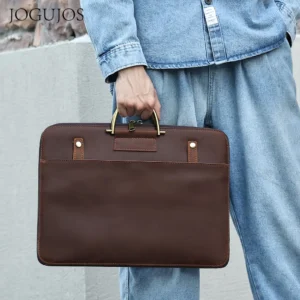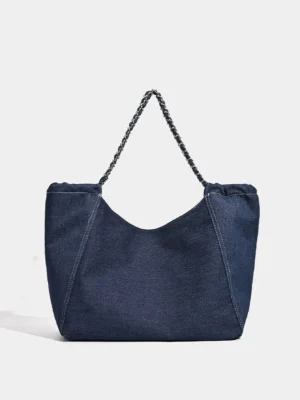Why Proper Storage Matters for Your Leather Bags
A quality leather bag isn’t just an accessory—it’s an investment. The care you give your leather bags when not in use directly impacts how long they’ll serve you and how beautiful they’ll remain over time. Proper storage is perhaps the most overlooked aspect of leather care, yet it’s absolutely crucial for maintaining your bag’s value and appearance.
Improper storage can lead to several damaging consequences:
– Cracking and drying of the leather
– Discoloration and fading
– Mold and mildew growth
– Permanent loss of shape and structure
– Hardware tarnishing or damage
When stored correctly, premium leather can maintain its beauty for decades rather than just a few years. Environmental factors like humidity, temperature, and light exposure all play significant roles in how well your leather ages during storage periods.
This comprehensive guide will walk you through everything you need to know about storing your leather bags properly—whether you’re putting them away for a season or preserving them long-term. By following these expert recommendations, you’ll ensure your timeless classic leather briefcase and other leather investments remain as stunning as the day you purchased them.
Phase 1: Essential Preparation Before Storage
Before you tuck your leather bag away, proper preparation is essential. This preparation phase is not optional—it’s a critical step that prevents damage and preserves your bag’s condition during its time in storage.
Even if you’re storing your bag for just a short period, taking these preliminary steps will prevent unpleasant surprises like stains, warping, or unwanted odors when you’re ready to use it again. Remember that even small oversights during preparation can lead to permanent damage during storage.
The preparation process consists of four key steps: emptying, cleaning, conditioning (when needed), and shaping. Let’s look at each one in detail to ensure your leather bag enters storage in optimal condition.
Step 1: Empty Your Bag Completely
Thoroughly emptying your bag is more involved than you might think, but this critical first step prevents internal damage during storage.
Go beyond the obvious main compartments and check:
– Hidden interior pockets and card slots
– Zipped compartments and dividers
– Exterior pockets and snap closures
– Areas where small items might have fallen into linings
Left-behind items can cause serious damage—pens can leak ink, cosmetics can melt, and even seemingly harmless items like receipts can transfer ink to leather linings. Metal objects like keys or coins can create pressure points that lead to permanent indentations or scratches.
For bags with dark interiors, use your phone’s flashlight to inspect every corner thoroughly. Small items like paper clips or mints are easily overlooked but can cause serious damage over time. This attention to detail is especially important for bags with multiple document storage compartments where papers might be forgotten.
Step 2: Clean Your Leather Bag Thoroughly
Cleaning your leather bag before storage removes oils, dirt, and residues that could become permanent stains over time.
For exterior cleaning:
– Use appropriate cleaners for your specific leather type
– Gently wipe the entire surface with a soft, slightly damp cloth
– Pay special attention to handles and areas that contact skin
– Clean hardware with appropriate metal cleaner or a soft cloth
– Allow the bag to dry completely away from direct heat sources
For interior cleaning:
– Vacuum with a small attachment to remove dust and debris
– Spot clean fabric linings with appropriate cleaners
– For leather linings, use the same gentle cleaning approach as the exterior
Different leather types require different cleaning approaches. Smooth leather can typically handle gentle leather cleaners, while suede and nubuck require special brushes and cleaners. For stubborn spots, knowing how to properly clean stains from leather bags is essential before placing them in storage.
Allow your bag to dry naturally for at least 24 hours before proceeding to the next step. Never use a hair dryer or place the bag near heaters, as this can dry out and damage the leather.
Step 3: Condition Your Leather (When Necessary)
Conditioning before storage helps prevent leather from drying out, but it’s important to determine if conditioning is actually needed and appropriate for your specific leather type.
Signs your leather needs conditioning before storage:
– Feels dry or stiff to the touch
– Has a dull appearance (when it should be lustrous)
– Shows fine lines or early signs of cracking
– Hasn’t been conditioned in over six months
When applying conditioner:
– Use a small amount on a soft cloth
– Apply in gentle circular motions
– Allow time for the leather to absorb the conditioner
– Wipe away any excess with a clean cloth
– Allow the bag to fully absorb the conditioner for 24 hours before storage
Not all leather types should be conditioned the same way. Heavily treated or patent leathers may need specialized products, while suede and nubuck generally shouldn’t be conditioned with typical leather conditioners at all. Understanding how to properly maintain a leather briefcase includes knowing when and how to condition before storage.
Skip conditioning if the leather has been recently conditioned, has a special finish that doesn’t require it, or if the manufacturer specifically advises against it for your particular bag.
Step 4: Maintain the Bag’s Natural Shape
Proper stuffing is essential to prevent creases, folds, and permanent shape distortion during storage.
Best materials for stuffing:
– Acid-free tissue paper (ideal and widely available)
– Air-filled bubble wrap (covered with soft cloth to prevent imprinting)
– Specially designed bag shapers
– Clean, white cotton pillowcases filled with soft materials
Materials to avoid:
– Newspaper (the ink can transfer)
– Regular colored tissue paper (can bleed when exposed to humidity)
– Plastic grocery bags (prevent leather from breathing)
– Materials with strong dyes that might transfer
For structured bags, ensure the stuffing maintains the bag’s original rigid shape. For softer, unstructured bags, use enough stuffing to prevent folding but not so much that you stretch the leather.
Pay special attention to handles and straps—roll acid-free tissue paper and wrap these components to help them maintain their rounded shape. For bags with detachable straps, consider storing the strap separately to prevent pressure or indentations on the bag body.
Phase 2: Creating the Ideal Storage Environment
Even perfectly prepared bags can be damaged by poor storage conditions. Leather is a natural material that continues to react to its environment, even when not in use. The storage environment is just as important as the preparation process.
Four critical environmental factors affect leather during storage:
– Temperature stability
– Humidity levels
– Light exposure
– Air circulation
Creating optimal storage conditions doesn’t require expensive equipment for most home storage situations. With some basic knowledge and a few simple tools, you can create an environment that preserves your leather bags for years to come.
Let’s explore each environmental factor and how to control it for optimal leather preservation.
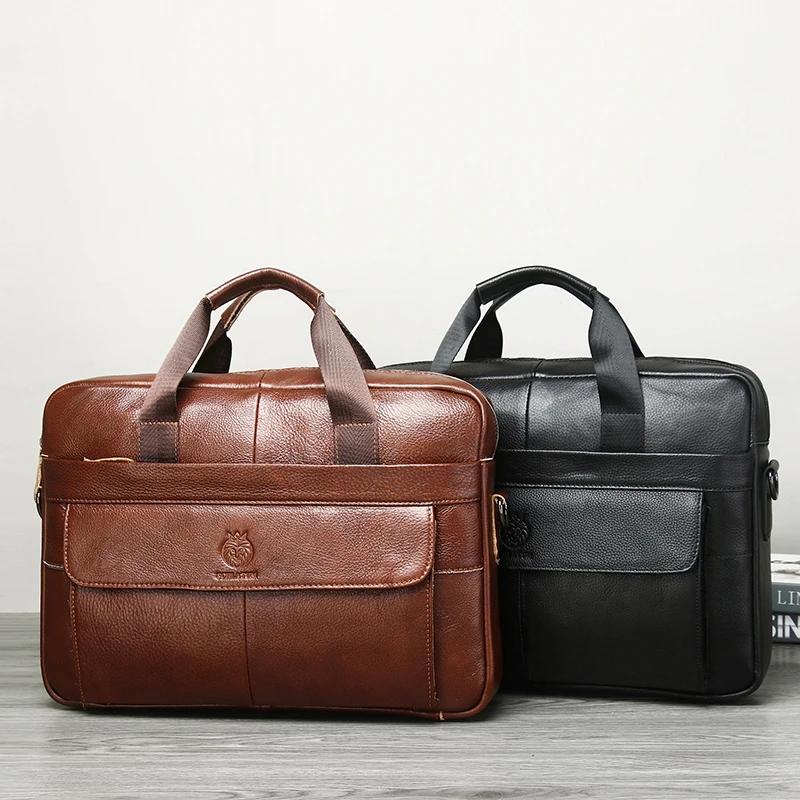
Temperature and Humidity Control
Temperature and humidity are the most critical environmental factors for leather storage.
Ideal Temperature Range: 65-72°F (18-22°C)
– Too hot: Causes leather to dry out and potentially crack
– Too cold: Can make leather brittle and damage fittings
– Fluctuations: Repeated temperature changes stress leather fibers
Optimal Humidity Range: 40-55%
– Too high: Promotes mold and mildew growth
– Too low: Causes excessive drying and cracking
– Fluctuations: Causes leather to repeatedly expand and contract
Practical humidity control methods:
– Silica gel packets placed inside the bag and storage area (replace or recharge regularly)
– Small dehumidifiers for closets or storage areas
– Humidity monitors to track conditions (available for under $15)
– Avoid storage in basements, attics, or garages where temperature and humidity fluctuate dramatically
Seasonal adjustments may be necessary, particularly in winter when indoor heating can drastically reduce humidity, or in summer when humidity levels rise. If you notice condensation or a musty smell in your storage area, take immediate action to reduce humidity and prevent mold growth.
Light and Ventilation Considerations
Proper light control and ventilation balance are essential but often overlooked aspects of leather storage.
Light exposure risks:
– UV rays fade colors and dry out leather
– Heat from direct sunlight can warp or crack leather
– Even artificial light can cause gradual fading over time
Ventilation requirements:
– Leather needs to “breathe” to prevent musty odors and mold
– Completely sealed containers trap moisture and promote mildew
– Insufficient air circulation can lead to stale odors becoming trapped in the leather
Creating the right balance:
– Store bags in dark closets or cabinets away from windows
– If using enclosed storage, ensure it’s not airtight
– Consider leaving closet doors slightly ajar periodically to improve air circulation
– Use breathable covers rather than plastic bags or airtight containers
Warning signs of improper ventilation include musty smells, visible mold spots, or a damp feeling to the leather. If you notice any of these signs, immediately move your bag to a better-ventilated area and address any leather bag rain protection issues that might be allowing moisture to affect your storage space.
Best Storage Locations in Your Home
Some locations in your home are naturally better suited for leather storage than others.
Ideal storage locations:
– Bedroom closets (stable temperature, low light, moderate humidity)
– Dedicated cabinets in climate-controlled rooms
– Under beds in breathable storage containers (if space is limited)
Acceptable with modifications:
– Living room cabinets (if away from windows and heat sources)
– Hallway closets (if temperature is stable)
– Guest room closets (monitor humidity if rarely opened)
Locations to avoid:
– Bathrooms (humidity too high)
– Kitchens (temperature fluctuations and food odors)
– Basements and attics (poor temperature control and humidity issues)
– Garages (extreme temperature fluctuations and potential pests)
For those with limited space, consider using the top shelf of a bedroom closet or investing in an under-bed storage solution with adequate ventilation. Whatever location you choose, ensure it maintains consistent temperature and humidity levels year-round.
Phase 3: Protective Materials and Storage Methods
Once you’ve prepared your bag and identified an ideal storage location, you’ll need the right protective materials to shield your leather from dust, pressure, and environmental factors. Think of these materials as your bag’s armor during its rest period.
Using the right protective materials is a small investment that safeguards your larger investment in quality leather goods. The right materials prevent dust accumulation, maintain shape, control moisture, and protect against accidental damage.
Quality leather work totes and other premium bags deserve proper protective materials—not just any covering or stuffing will do. Let’s explore the best options for keeping your leather in pristine condition.
INTERNAL_LINK: /product-category/leather-work-totes/
Protective Coverings: Dust Bags and Alternatives
The outer covering is your bag’s first line of defense against dust, light, and minor abrasions.
Dust bag recommendations:
– Original manufacturer dust bags (usually designed specifically for your bag)
– 100% cotton pillow cases as excellent alternatives
– Natural fabric bags with breathable weave
– Flannel or soft cotton fabric covers
What makes a good protective covering:
– Breathable natural fabric (cotton, linen, or canvas)
– No dyes that might transfer in humid conditions
– Soft interior with no rough seams
– Properly sized to fully cover without crushing the bag
Materials to avoid for coverings:
– Plastic bags of any kind (prevent air circulation)
– Colored fabrics that might bleed
– Synthetic materials that don’t breathe well
– Rough fabrics that might catch on leather or hardware
When using a dust bag, gently place the bag inside and pull the drawstring closed loosely—tight closure can restrict airflow. If your bag didn’t come with a dust bag, many fabric stores sell cotton bags in various sizes, or you can use a white pillowcase as an effective alternative.
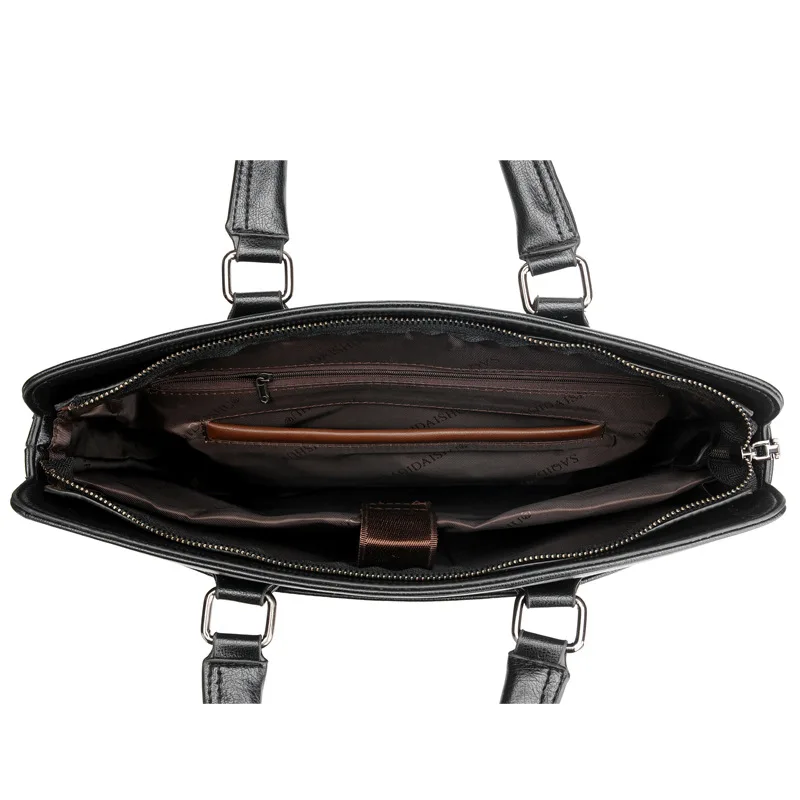
Supportive Materials: Stuffing, Padding, and Moisture Control
What goes inside your stored bag is just as important as what goes around it.
Best materials for long-term internal support:
– Acid-free tissue paper (available at most craft stores)
– Clean white cotton fabric (pillowcases, t-shirts)
– Air pillows (the kind used in shipping packages)
– Specialized bag shapers for premium bags
Moisture control solutions:
– Silica gel packets (replace or recharge every 3-6 months)
– Cedar blocks (help control humidity and deter pests)
– Activated charcoal pouches (absorb odors and excess moisture)
– Commercial dehumidifiers for storage areas
Materials to avoid:
– Newspaper or regular tissue paper (acid content and ink transfer)
– Colored paper or fabrics (potential dye transfer)
– Regular cardboard (can contain acids that damage leather)
– Food-based materials (rice, coffee grounds—can attract pests)
For structured bags, ensure stuffing reaches all corners to prevent collapse. For softer bags like hobo styles, use just enough stuffing to prevent creasing without stretching the leather. Place moisture control products both inside the bag and in the storage area for maximum effectiveness.
Proper Storage Positioning and Arrangement
How you position your bag in storage significantly impacts how well it maintains its shape and condition.
Positioning guidelines by bag type:
– Structured totes and briefcases: Store upright, like books on a shelf
– Soft hobos and slouchy bags: Store flat with adequate internal support
– Clutches and small bags: Store flat in drawers
– Backpacks: Store upright with straps loosely tied
– Messenger bags: Store flat with flap closed naturally
Space and arrangement considerations:
– Allow at least 2-3 inches between bags to prevent color transfer and pressure
– Never stack leather bags directly on top of each other
– Rotate bags’ positions every few months if stored for extended periods
– Heavier bags should be placed on lower shelves for stability
– Use shelf dividers to keep bags from leaning against each other
For collections containing both classic leather briefcases and more casual styles, organize by size and type to maximize space while maintaining proper positioning for each piece.
INTERNAL_LINK: /product-category/classic-leather-briefcases/
Men's Classic Leather Briefcase, Slim Leather Laptop Briefcase, Slim Leather Portfolio Briefcase
$93.67 Select options This product has multiple variants. The options may be chosen on the product pageBrown Leather Work Tote, Large Leather Work Tote
$194.38 Select options This product has multiple variants. The options may be chosen on the product pageLeather Laptop Work Tote, Tan Leather Work Tote, Women's Leather Work Tote, Zippered Leather Work Tote
Price range: $223.62 through $237.97 Select options This product has multiple variants. The options may be chosen on the product pageClassic Laptop Briefcase, Men's Classic Leather Briefcase, Slim Leather Attache Case
Price range: $353.50 through $360.81 Select options This product has multiple variants. The options may be chosen on the product pageBlack Leather Briefcase, Leather Document Bag, Men's Classic Leather Briefcase
Genuine Crocodile Leather Executive Briefcase with Password Lock – Premium Business Document Carrier$1,201.87 Select options This product has multiple variants. The options may be chosen on the product pageCanvas & Leather Messenger Bag, Leather Commuter Tote
$80.41 Select options This product has multiple variants. The options may be chosen on the product page
Phase 4: Long-Term Maintenance During Storage
Proper storage is not a “set and forget” process. Regular maintenance checks help catch and address issues before they become permanent damage.
Recommended maintenance schedule:
– Quick visual inspection: Monthly
– Thorough inspection with handling: Every 3 months
– Conditioning assessment: Every 6-12 months
– Repositioning and restuffing: Every 3-6 months
What to look for during inspections:
– Signs of mold or mildew (white or green spots)
– Drying or cracking of leather
– Hardware tarnishing or corrosion
– Shape distortion or flattening
– Unusual odors indicating moisture problems
– Dust accumulation despite covers
During these regular check-ups, allow bags to air out for a few hours before returning them to storage. This prevents moisture buildup and allows you to assess if conditioning is needed. For valuable collections, consider keeping a simple log of when each bag was last checked, conditioned, and rotated.
Special Considerations for Different Leather Types
Different leather varieties require specific storage approaches for optimal preservation.
| Leather Type | Special Storage Needs | Common Issues | Recommended Products |
|---|---|---|---|
| Full-grain smooth leather | Moderate conditioning before storage | Drying out, scratches | Leather conditioner, dust bags |
| Suede & Nubuck | No conditioning, use special suede brush | Water spots, flattened nap | Suede protector, suede brush |
| Patent leather | No conditioning, store away from other bags | Stickiness, color transfer | Patent leather cleaner only |
| Exotic leathers (python, crocodile) | Special humidity control, specialized conditioners | Scales lifting, drying out | Exotic leather conditioners |
| Vachetta & untreated leather | Avoid all contact with other materials | Patina changes, water spots | Microfiber dust bags only |
| Vintage leather | More frequent conditioning, extra padding | Cracking, drying out | Specialized vintage leather conditioners |
Understanding the specific requirements of different leather types ensures proper care. For example, bags made from the best leather briefcase materials like full-grain leather require different care than those made from more delicate exotic leathers.
INTERNAL_LINK: /defining-best-leather-briefcases/
Reviving Your Bag After Storage
When it’s time to bring your bag back into rotation, follow these steps to ensure it transitions smoothly from storage to use:
- Remove the bag from its dust cover and inspect thoroughly
- Remove all stuffing materials and check the interior
- Allow the bag to air out for 24 hours in a well-ventilated area
- Gently wipe the exterior with a soft, dry cloth
- Assess if conditioning is needed based on how the leather feels
- Apply conditioner if the leather feels dry (following leather type guidelines)
- Polish hardware if necessary
- Allow any products to fully absorb before using the bag
For bags stored for very long periods (over a year), consider a light conditioning even if the leather doesn’t appear dry. Start using the bag gently at first—don’t immediately load it with heavy items or expose it to harsh conditions right after storage.

Common Storage Problems and Solutions
Even with careful storage, issues can sometimes arise. Here’s how to address common problems:
Problem: Mold or mildew spots
– Solution: Take the bag outside, brush off mold with a soft brush, wipe with a cloth dampened with a solution of equal parts water and rubbing alcohol, allow to dry completely, then condition.
Problem: Color transfer between bags
– Solution: Keep affected areas dry and use a leather cleaner specifically designed for color transfer. For serious cases, consult a professional leather cleaner.
Problem: Shape distortion
– Solution: Restuff the bag properly, reshape by hand, and place in correct storage position. Severe distortion may require professional reshaping.
Problem: Dried-out leather
– Solution: Apply a quality leather conditioner in thin layers, allowing absorption between applications. For severe dryness, multiple light applications are better than one heavy one.
Problem: Hardware tarnishing
– Solution: Use appropriate metal polish for the specific hardware type. For valuable bags with significant tarnishing, consider professional cleaning to avoid damaging the surrounding leather.
For leather messenger bags with multiple hardware pieces, pay special attention to cleaning clasps and buckles without getting metal polish on the leather.
INTERNAL_LINK: /product-category/leather-messenger-bags/
Is Professional Storage Worth It for Luxury Bags?
For most leather bag owners, proper home storage using the techniques in this guide is entirely sufficient. However, professional storage services may be worth considering in certain circumstances:
When professional storage makes sense:
– For extremely valuable investment pieces (rare or limited edition bags)
– When home storage conditions cannot be properly controlled
– During extended travel or absence from home
– For oversized collections that exceed home storage capacity
– For bags with exotic materials requiring specialized care
Professional storage typically costs between $15-50 per month per bag, depending on the service level and location. This investment may be worthwhile for preserving the value of high-end leather goods.
When evaluating professional services, ask about their temperature and humidity controls, security measures, insurance coverage, and whether they perform regular maintenance on stored items.
Can You Store Leather Bags In Plastic Containers?
In short: it’s not recommended. Plastic containers trap moisture and prevent leather from breathing, potentially causing mold, mildew, and deterioration over time.
If you must use plastic containers due to space limitations or other concerns, follow these modifications:
– Choose containers with ventilation holes or drill some yourself
– Line the container with acid-free tissue paper or cotton fabric
– Place moisture absorbers inside the container
– Never seal the container completely—leave the lid slightly ajar
– Check the contents frequently for any signs of moisture
Better alternatives to plastic include:
– Canvas storage bins with cotton linings
– Wooden trunks or cabinets (not made of cedar, which can be too aromatic)
– Archival quality storage boxes
– Under-bed cotton storage bags with frames
For those with leather laptop work totes containing electronic compartments, avoiding plastic storage is especially important as trapped moisture can affect both the leather and the specialized compartments.
INTERNAL_LINK: /product-category/leather-laptop-work-tote/
By following this comprehensive guide, your leather bags from Poise Porter will remain in excellent condition for years to come, ready to complement your professional appearance whenever you need them. Proper storage is an investment of time and care that pays dividends in the extended life and beauty of your leather goods.

